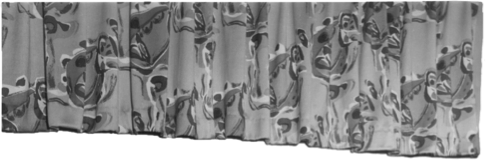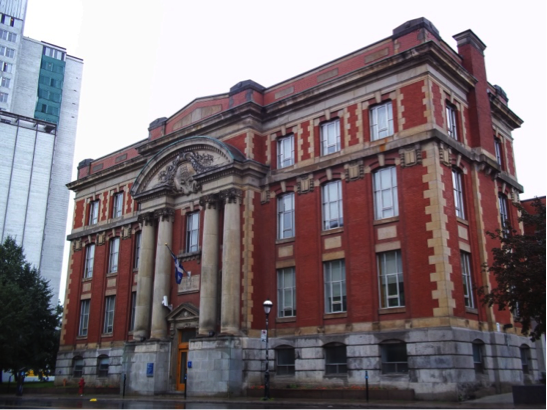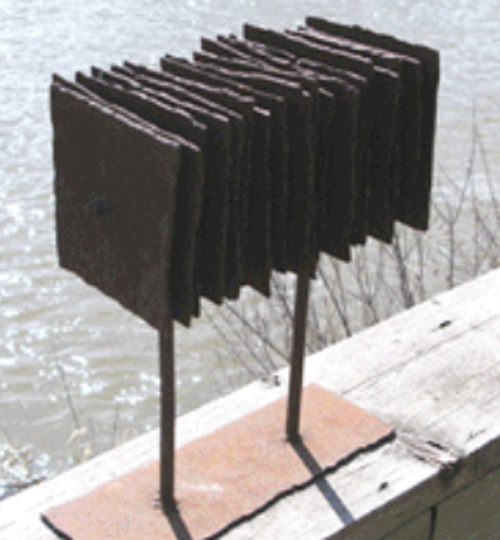1 – Paul Émile Borduas
When I was twelve or thirteen, my brother became friends at college with Paul Borduas, son of Paul Émile, and he came to visit the family in Sherbrooke where we were then living. As far as I can remember, he was questioning his relationship with his father who had exiled himself to New York. As my mother had known his mother, he wanted to discuss this with her and she advised him according to her strong moral beliefs.
The house we lived in had very large living-room windows so a decorator had hung drapes from ceiling to floor. On Paul’s visit we discovered that the pattern on the drapes was from a Borduas gouache from the 1940’s. For a very long time after this I treasured leftovers of the material, but eventually lost them during my many moves. Thus I discovered automatism, the art movement peculiar to Quebec and so important historically.

2 – Mathematics
In the late 1950’s, I attended Basile-Moreau College to complete my classical course, the syllabus at the time. In my second year, I failed mathematics and took private summer courses but failed again. My spirit completely rebelled against mathematical training. And this is how I was able to attend the great École des Beaux-arts de Montréal, the one and only place with an extraordinary freedom in the spirit of the Refus Global, initiated by Borduas, and the beginning of the quiet revolution which transformed Quebec Society.

3 -Washing Paint Brushes
A rebellious student, I talked a lot during classes and didn’t pay much attention to the lecturer. One day he explained carefully how to clean brushes used for oil painting – and then he asked me how to do it! Taken aback, I said to clean them with turpentine. In fact, after wiping the brushes with paint cleaner, you then wash them under hot water using soap. Since then, every time I clean my brushes, even sixty years later, I remember this scene.
4 – Sculpture rather than Painting
By the third year of studies, we had to specialize either in painting or sculpture. In the painting course, which included the study of engraving with Albert Dumouchel, numbers were limited so applicants had to submit work in a competition. As I would have felt humiliated had I not got a place, I chose sculpture, working with wood, welded iron, and stone over the following two years.

5 – Exhibiting when very young
Some students in my classes produced and exhibited their work at the Salon du printemps, Musée des Beaux-arts de Montréal in the sixties, early in their artistic careers, eager to join the art market and to adopt the new, gestural approach then in fashion. I was the opposite, wandering in many directions from animated movie making to crafts and a variety of initially interesting dead ends until I committed myself to the pure creativity of painting. It has been a long, difficult, but unavoidable journey.
Is there early genius? It seems to me that to paint or to sculpt is the result of all the knowledge discovered and acquired in the course of one’s life, all of which contributes to the creative ideas. And the important thing is to take all possible means to assert them forcefully.